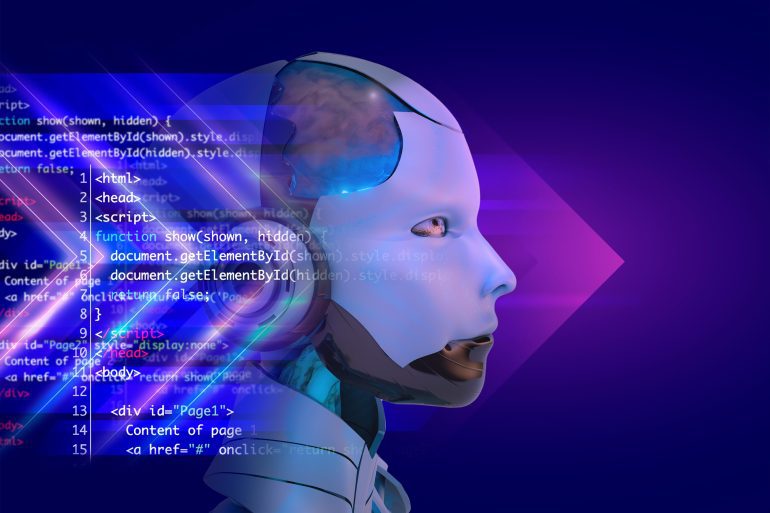- Information retrieval is evolving with larger datasets, requiring efficient yet precise methods.
- Traditional two-step retrieval processes are fast but need more depth for complex queries.
- Neural models, like BERT, enhance re-ranking accuracy but are computationally expensive.
- Balancing computational cost and accuracy is a key challenge for modern IR systems.
- Multiple re-ranking methods, such as BERT, MonoT5, and ColBERT, have strengths and limitations.
- Answer.AI’s rerankers library simplifies re-ranking experimentation with minimal code changes.
- Rerankers provide an easy-to-use Python interface compatible with HuggingFace Transformers.
- It supports top-k candidate retrieval and scoring for knowledge distillation tasks.
- Performance tests show rerankers achieve near parity with other models across datasets.
- The rerankers library enhances IR pipelines without compromising performance or flexibility.
Main AI News:
In the rapidly evolving Information Retrieval (IR) field, efficiently identifying and ranking relevant documents is paramount, especially as data volumes surge. The rise of large-scale datasets has made speed and precision in retrieval processes increasingly vital. Traditional systems often utilize a two-step approach: an initial, quick retrieval phase followed by a more advanced re-ranking process to refine the results. While neural models, renowned for improving accuracy, have gained popularity in re-ranking tasks, they pose significant computational challenges, making scalability a critical concern. These models offer high accuracy by deeply analyzing queries and documents, but their processing demands often limit their use in large datasets.
Balancing computational efficiency with accuracy has emerged as a core challenge for modern IR systems. Classical models, such as BM25, are fast but may need more sophistication to handle complex queries effectively. Conversely, neural models like BERT, known for their superior performance, require substantial computational resources, which hinders their application in real-time scenarios where low latency is crucial. Developing efficient yet precise methods has become a top priority for researchers to optimize IR systems for large-scale use, especially in areas like web search or specialized queries.
Several advanced methods are currently employed to re-rank documents within retrieval systems. Among the most effective are cross-encoder models like BERT, which simultaneously evaluate queries and documents, providing highly accurate results at the cost of increased computational load. MonoT5, utilizing a sequence-to-sequence framework, is another powerful re-ranking method, although it shares similar resource-intensive demands. ColBERT-based models introduce late interaction techniques to reduce computational costs but often require specific hardware optimizations. Additionally, recent models such as Cohere-Rerank offer competitive re-ranking through online platforms, though their use can be constrained by limited access and reliance on external APIs. While individually effective, these solutions contribute to a fragmented landscape that complicates the integration of multiple methods within a single workflow.
To address these challenges, Answer.AI has introduced rerankers, a lightweight Python library that unifies various re-ranking approaches under one interface, allowing seamless switching between methods. This solution simplifies experimentation with re-ranking models by requiring minimal code changes. Supporting models like MonoT5, FlashRank, and BERT-based cross-encoders, the rerankers library is designed to help users optimize retrieval pipelines without compromising performance. The primary goal is to facilitate the integration of new re-ranking techniques while ensuring usability and performance parity with their original implementations, positioning it as a vital tool for IR researchers and professionals.
At the heart of the rerankers library lies the Reranker class, which serves as the central interface for loading and applying various models. This system is highly compatible with the HuggingFace Transformers library and Python, enabling users to switch models easily. For example, initiating a BERT-like cross-encoder model can be accomplished by specifying the type as ‘cross-encoder,’ while transitioning to a FlashRank model requires adjusting the device configuration, such as identifying ‘cpu’ for optimized performance. The flexibility rerankers offer allows users to fine-tune their systems with minimal effort. At the same time, its utility functions assist in top-k candidate retrieval and scoring, which is essential for knowledge distillation tasks.
In terms of performance, rerankers have demonstrated notable success across various datasets. Evaluations on datasets like MS Marco, SciFact, and TREC-COVID, which are subsets of the BEIR benchmark, reveal that rerankers maintain close parity with other re-ranking implementations. Over five experimental runs, rerankers consistently delivered top-1000 ranking results. For instance, rerankers nearly mirrored MonoT5’s original performance, with less than 0.05% discrepancies. While challenges remained in replicating certain models like RankGPT, the deviations were minor. Additionally, rerankers proved effective in knowledge distillation, allowing first-stage retrieval models to replicate re-ranking model scores, thereby enhancing retrieval accuracy closely.
The rerankers library offers a practical solution for overcoming the inherent challenges in modern IR systems, merging efficiency with accuracy in a flexible and unified framework. Its ease of use and robust performance make it a game-changer for information retrieval.
Conclusion:
The introduction of the rerankers library by Answer.AI signifies a major shift in the information retrieval market. By offering a flexible, lightweight, and unified solution for implementing different re-ranking methods, rerankers addresses the growing need for efficient and scalable retrieval systems. This tool lowers the barriers for researchers and developers, allowing for rapid experimentation and optimization without the high computational costs typically associated with advanced neural models. For businesses, this translates into more powerful search capabilities with reduced operational overhead, paving the way for improved search engines, better user experiences, and more advanced AI-driven data solutions across industries.

